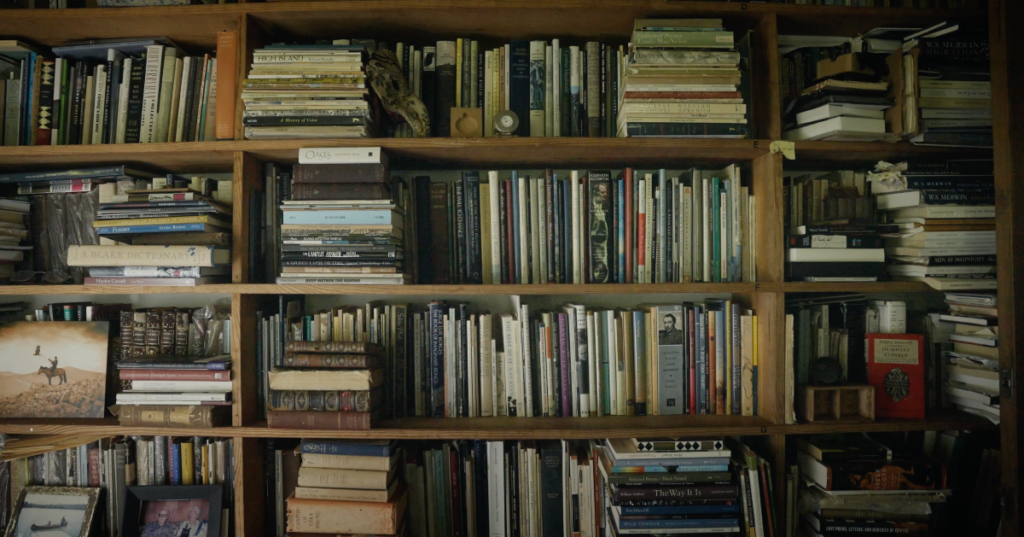
The Perennial Power of Poetry
“Director’s Notes” are excerpts from our monthly email newsletter, “Stories from the Garden.” Subscribe and see past issues here.
Dear Friends,
As Poetry Month begins and Earth Day approaches, I am sitting with a handful of poems—
William Stafford’s “Earth Dweller,” in which “The world speaks everything to us…”
Stanley Kunitz’s “Touch Me.” “What makes the engine go? / Desire, desire, desire. / The longing for the dance / stirs in the buried life…”
Gerald Stern’s appeal to a “Great heart, / great human heart” in “The Dog.” “Give me your tears, great loving stranger…”
“The End of the Owls” by Hans Magnus Enzensberger, who speaks “in the ticking of crises” for the beings among us who do not (at least in a way most of us can perceive).
Emily Dickinson’s “I reason, Earth is short—”
These five poems live together in “For an Undersea Library,” an essay W.S. Merwin published in 2001 in The American Poetry Review. And together, they offer a response to an unusual request that arrived in William’s mailbox the summer before. A bookseller charged with stocking the small libraries aboard nuclear submarines wrote to William seeking his recommendation for five books, and five individual poems, that might be placed on the shelves, to end up, perhaps, in the hands of those “responsible for the deadliest weapons on earth.” The bookseller asks: “What words do I hope these men have read, and thought of, before they push buttons?”
William’s response to this and a cascade of other questions, “some of which can never have final answers,” unspools in his essay, and culminates in this selection. “There is a feeling of hope,” he writes, “in the thought of Gerald Stern’s dog and Stanley Kunitz’s longing and Emily Dickinson’s questions being heard in the depth of such voyages.”
Here on a late March morning nearly a quarter of a century after William gathered these poems, and much longer since the poems themselves made their way into the world, I find them astonishingly contemporary, and achingly relevant. These poems, and the questions that brought them together, speak to the perennial power of poetry—to its ability to awaken us to “sympathies and necessities that we had not known were ours,” and to sustain our attention as they unfurl across time.
With warm wishes,
Sonnet